In this Instructable I'm going to show you how to build personal wireless weather station using NodeMCU (ESP12)
One year ago I was create weather station based on Arduino. But always there are ways how to improve things to be better. New version need less power consumption. Rain reset 24h more precise, because time update from NTP server. Add OTA (Over the Air) compability to update is the process of loading a new firmware to ESP8266 module using WiFi connection rather than a serial communication.
NodeMCU (ESP12) WiFi module will send sensors data to www.wunderground.com , https://weathercloud.net , https://thingspeak.com , https://www.pwsweather.com
A Weather station is a device that collects data related to the weather and environment using many different sensors. We can measure many things like:
- Temperature
- Humidity
- Wind
- Barometric Pressure
- UV index
- Rain
 hardas999
hardas999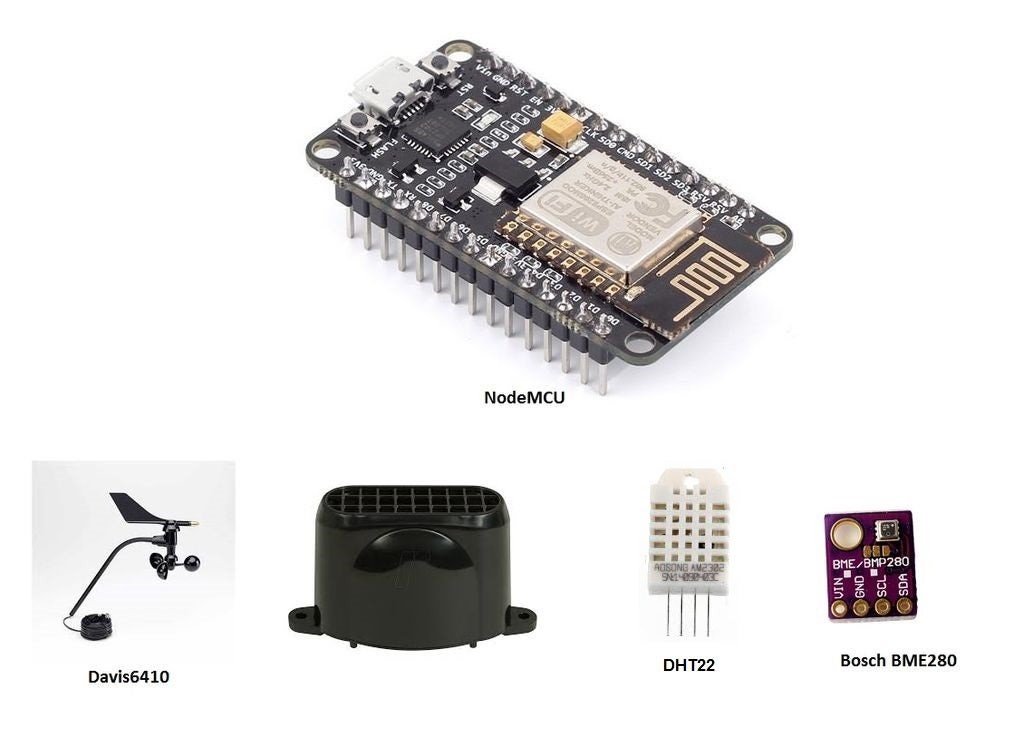

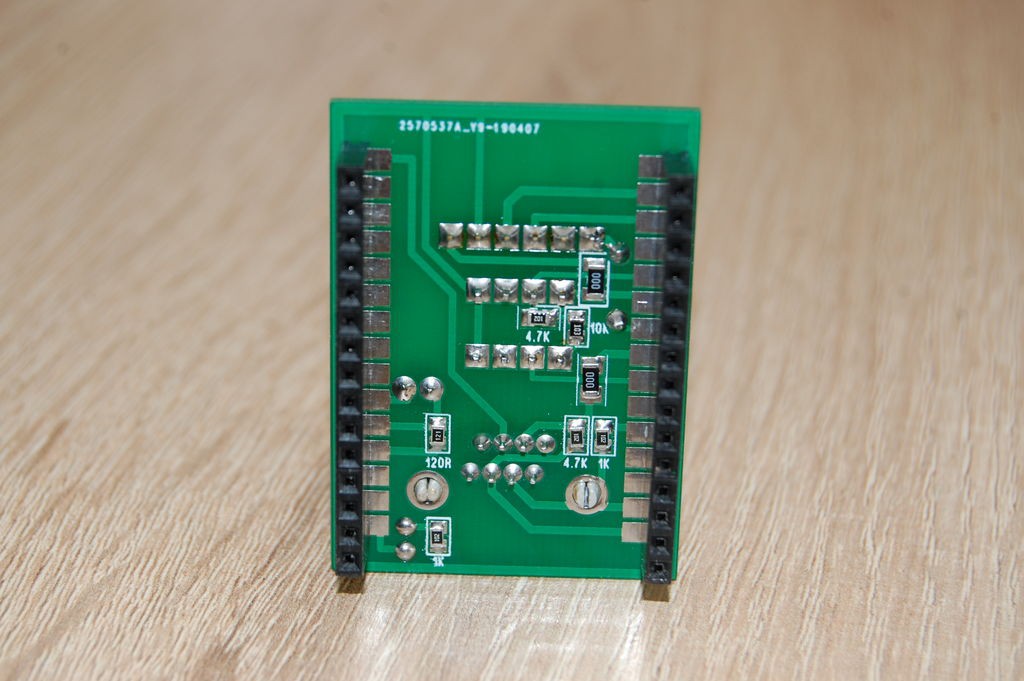


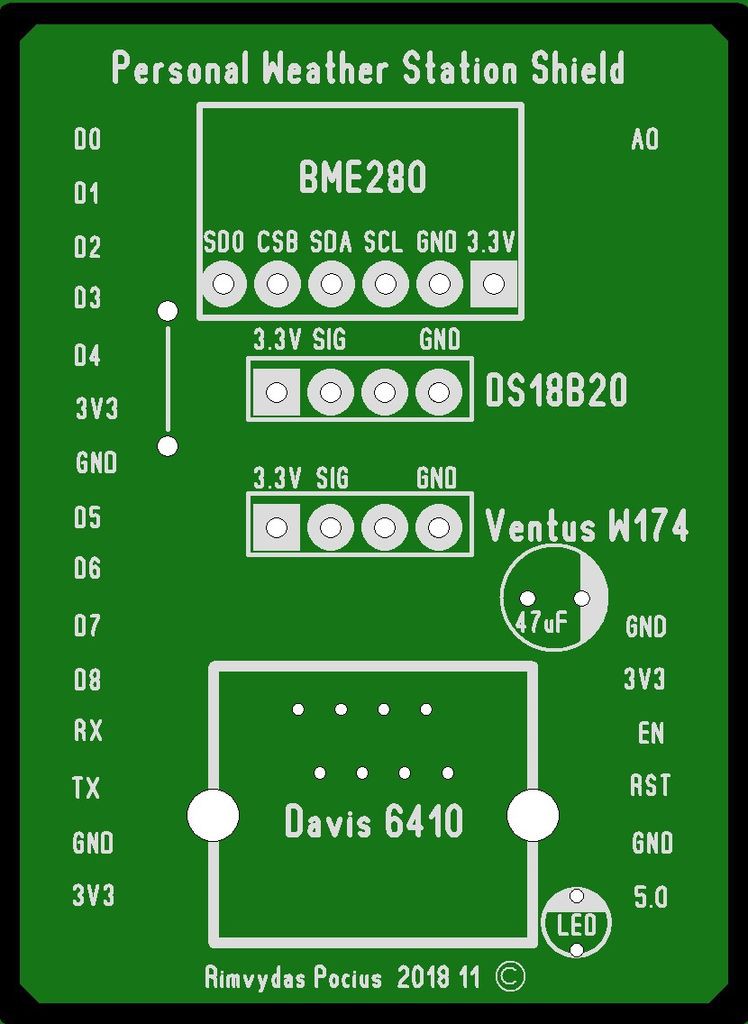





 Maria Carlina Hernandez
Maria Carlina Hernandez
 Hulk
Hulk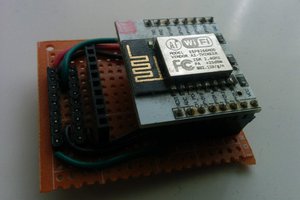
 Alexander
Alexander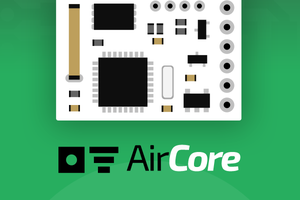
 Cristian Dobre
Cristian Dobre
I had not thought about putting both a BME280 and a DHT22 in the same station. Duh. It makes such good sense because it gives a way to get some comparative readings for temp and humidity. I'm putting adding a DHT22 to my WeatherPi project on the list! Thanks!